How Does A Cellular Trail Camera Work?
Cellular trail cameras have revolutionized the way outdoor enthusiasts, hunters, and wildlife researchers monitor and study wildlife. These advanced devices combine the functionality of traditional trail cameras with cellular technology, allowing users to receive real-time updates and images directly to their smartphones or computers. In this article, we will delve into the mechanics of how cellular trail cameras work, their benefits, and practical tips for their effective use.
Understanding Cellular Trail Cameras
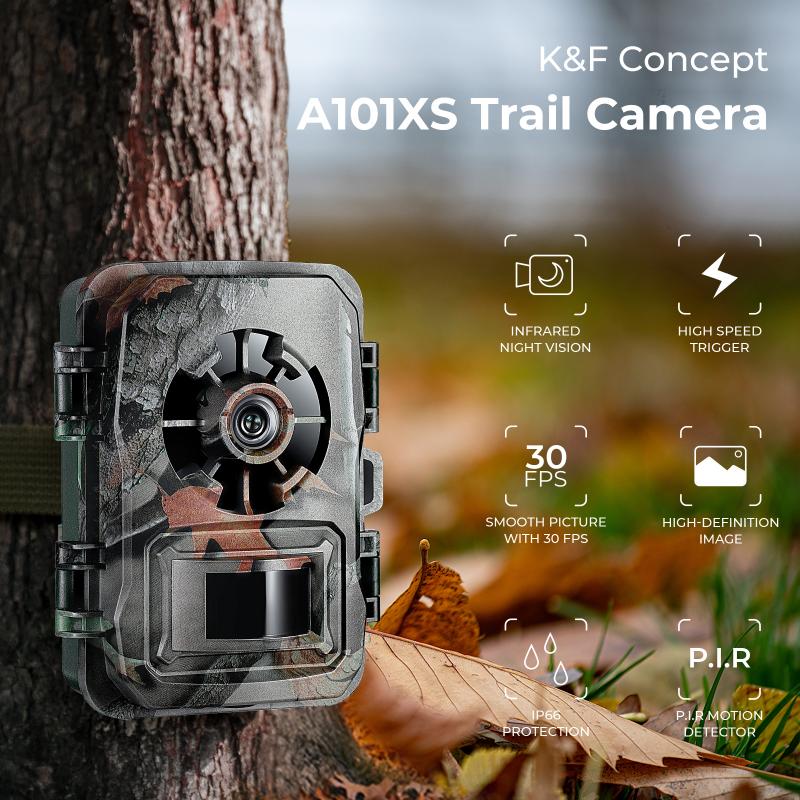
Basic Components
A cellular trail camera consists of several key components that work together to capture and transmit images:
1. Camera Lens and Sensor: The camera lens captures images, while the sensor detects motion and triggers the camera to take a photo or video.
2. Infrared LEDs: These LEDs provide illumination for night-time photography without startling the wildlife.
3. Cellular Module: This module connects the camera to a cellular network, enabling the transmission of images and data.
4. Memory Card: Images and videos are stored on a memory card, which can be accessed later if needed.
5. Power Source: Most cellular trail cameras are powered by batteries, though some models can be connected to external power sources like solar panels.
How It Works
1. Motion Detection: The camera is equipped with a Passive Infrared (PIR) sensor that detects heat and movement. When an animal passes within the sensor's range, it triggers the camera to take a photo or video.
2. Image Capture: Once triggered, the camera captures an image or video. The quality and resolution of the image depend on the camera's specifications.
3. Data Transmission: The captured image or video is then transmitted via the cellular module to the user's smartphone or computer. This process involves connecting to a cellular network, similar to how a mobile phone sends data.
4. Notification: The user receives a notification, often through a dedicated app, alerting them that new images or videos are available for viewing.
Benefits of Cellular Trail Cameras
Real-Time Monitoring
One of the most significant advantages of cellular trail cameras is the ability to receive real-time updates. This feature is particularly useful for hunters who want to monitor game activity without disturbing the area. It also benefits researchers who need to track wildlife behavior continuously.
Remote Access
With cellular trail cameras, users can access images and videos from anywhere with a cellular signal. This remote access eliminates the need to physically visit the camera location to retrieve data, saving time and effort.
Enhanced Security
Cellular trail cameras can also serve as security devices. They can be used to monitor properties, construction sites, or other areas where security is a concern. The real-time alerts allow for immediate action if any suspicious activity is detected.
Data Management
Many cellular trail cameras come with cloud storage options, allowing users to store and manage their data efficiently. This feature ensures that important images and videos are not lost and can be accessed anytime.
Practical Tips for Using Cellular Trail Cameras
Choosing the Right Camera
When selecting a cellular trail camera, consider the following factors:
1. Network Compatibility: Ensure the camera is compatible with the cellular network in your area. Some cameras work with specific carriers, so check coverage maps before purchasing.
2. Image Quality: Look for cameras with high-resolution sensors to capture clear and detailed images.
3. Battery Life: Opt for cameras with long battery life or the option to connect to external power sources.
4. Storage Options: Consider cameras with ample storage capacity or cloud storage options.
Optimal Placement
The placement of your cellular trail camera is crucial for capturing useful images. Here are some tips:
1. Height and Angle: Position the camera at a height of 3-4 feet and angle it slightly downward. This setup helps capture the full body of the animal and reduces the chances of false triggers.
2. Clear Line of Sight: Ensure there are no obstructions like branches or tall grass in front of the camera. Clear the area to avoid false triggers and blurry images.
3. Trail and Feeding Areas: Place the camera along animal trails, near feeding areas, or water sources. These locations increase the likelihood of capturing wildlife activity.
Managing Data
Efficient data management is essential for making the most of your cellular trail camera:
1. Regular Checks: Even though the camera sends real-time updates, it's essential to check the camera periodically to ensure it's functioning correctly and the batteries are charged.
2. Organize Images: Use folders and tags to organize images and videos. This practice makes it easier to analyze data and track specific animals or behaviors.
3. Backup Data: Regularly back up your data to prevent loss. Cloud storage options provided by many camera manufacturers can be a convenient solution.
Troubleshooting Common Issues
Connectivity Problems
If your camera is not transmitting images, check the following:
1. Signal Strength: Ensure the camera is in an area with good cellular signal strength. Relocate the camera if necessary.
2. Data Plan: Verify that your data plan is active and has sufficient data allowance.
3. Firmware Updates: Check for firmware updates from the manufacturer. Updating the camera's firmware can resolve connectivity issues.
False Triggers
False triggers can be frustrating and drain your camera's battery. To minimize them:
1. Adjust Sensitivity: Most cameras allow you to adjust the sensitivity of the PIR sensor. Lower the sensitivity to reduce false triggers.
2. Clear the Area: Remove any objects that might move in the wind, such as branches or tall grass.
3. Proper Placement: Ensure the camera is not facing direct sunlight or reflective surfaces, as these can cause false triggers.
Cellular trail cameras are powerful tools for monitoring wildlife and enhancing security. By understanding how they work and following best practices for their use, you can maximize their benefits and capture valuable data. Whether you're a hunter, researcher, or property owner, a cellular trail camera can provide real-time insights and peace of mind. Invest in a quality camera, place it strategically, and manage your data efficiently to make the most of this innovative technology.


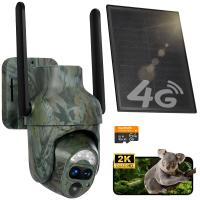
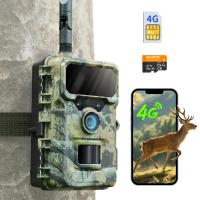


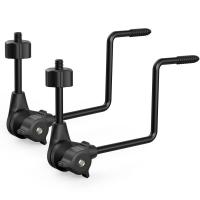
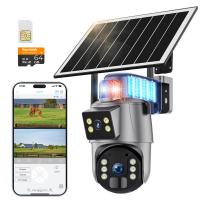
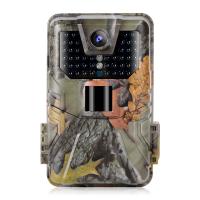
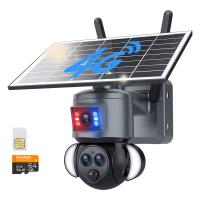
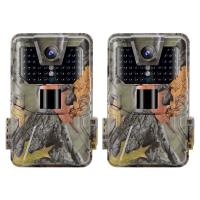
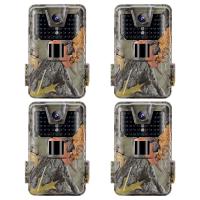
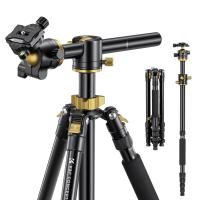

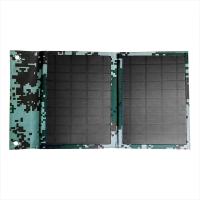
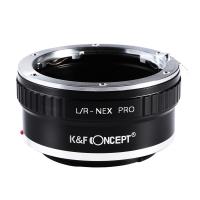
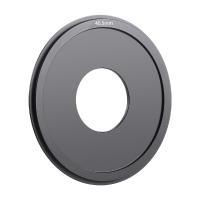

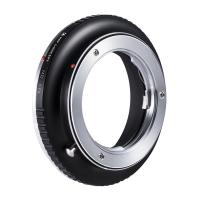


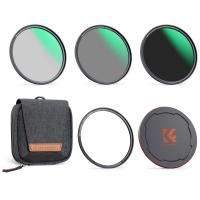
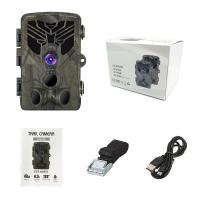

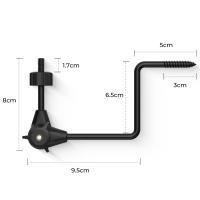
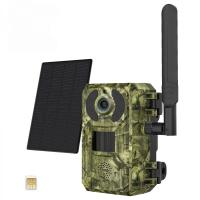







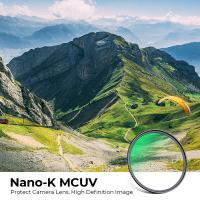



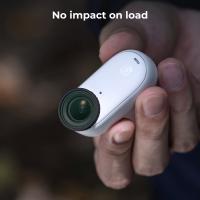

There are no comments for this blog.